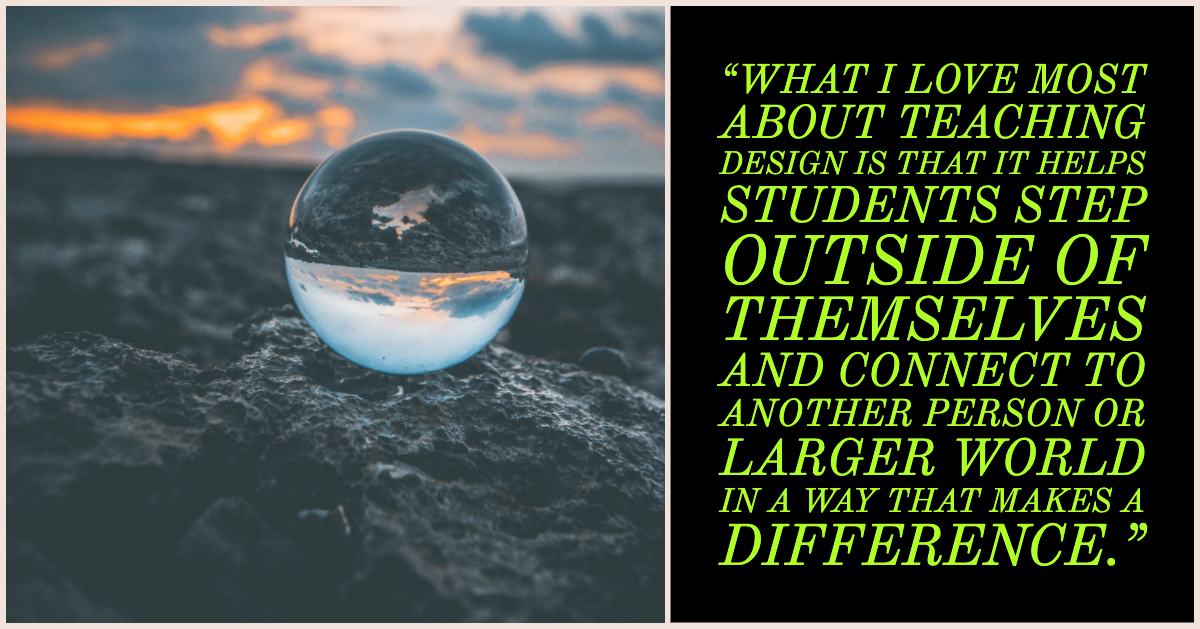
The last two weeks have been very busy. I collaborated with the design teachers at North Rowan High School and provided a three day training for 10 educators from three of the feeder schools in the North area. This training was the first of a kind for our community. Our objective were to prepare teachers that will be teaching design and Challenge Based Learning (CBL) for the upcoming year. This training was truly trailblazing for many reasons. We crafted the training that we felt neophyte design teachers would need. We also wanted the training to be active and for participants to be truly engaged in the process. We provided a balance of having teachers participate as a student as well as providing teaching tips. Many of the teachers that we trained readily shared how effective that they found the training. As design teachers, we must model what we teach. We met in May to begin to outline the training with identified learning goals and outcomes. But we also wanted an extraordinary learning experience that would ensure that our attendees dreamed big and boldly. We incorporated two off-campus learning expeditions (field trips). In the first expedition, participants were ushered into an activity bus and taken to a local shopping center after completing a design process where participants partnered up and progress through the Design Thinking process. They were charged with creating a gift based on determining the needs of their partner, an activity provided by d.design school from Stanford. After participants had ideated and received feedback from their partners, they choose a prototype to create. We then quickly ushered the participants to the local shopping center with $5 to purchase materials for their prototypes. Participants had the opportunity to purchase any items within their budget to create their prototypes. They had to obtain items that could be assembled together to create the prototype. They could not give their partner a pre-made item; instead, they had to assemble the prototype using multiple items. Our second trip involved visiting our local homeless shelter where we learned about the services provided both to homeless individuals and those with financial needs. We also managed to work in a presentation about the energy efficiencies of the buildings Participants were totally blown away with what they experienced. They also had lunch at the shelter where they interacted with many of the guests that the shelter serves. Participants were encouraged to spend some time getting to know some of the guests and their stories, another connection to the empathy piece of design. Many participants found the process of creating a gift for their partner to be challenging as it required them to create something new that met the needs of their partners. And this is the point of design. As we progressed through the training, we reminded teachers of the importance of helping students to focus the needs of others instead of their individual needs. I asked several groups what each person thought about what their partner made for them and if it met their needs. I also asked each person if they would buy the product that was created and how much they would pay for it. It was amazing to see the variety of responses. Some individuals really felt like their partner "zeroed in" on their needs and created something that would personally benefit them. Other individuals felt differently and would have liked to see have seen their partner focus more extensively on their needs. This is an important element of design. The designer must suspend much of their self (and possibly ego) to create something that focuses on the end user. This is what I love most about teaching design. It helps others step outside of themselves and connect to another person or larger world in a way that makes a difference. I reminded participants that much of the work that they will be doing will overlap with the work that an anthropologist does when they employ ethnography to understand a new group or culture. Perhaps a much larger important point of design focuses on helping the designer to expand their ability to empathize with others. I think many of us would agree on the importance of this in today's world. As a former science teacher, I understand the importance of making sure that we have scientific literate citizens and teaching our content. However, I would argue that even more important than that is creating citizens who understand others and solve problems that change the quality of life for others. And this is precisely what we do in design. It is my hope that after this training, the teachers will be better able to support their students as they learn to design for others and make a difference in the lives of others.
0 Comments
Leave a Reply. |
Brian's Blog
The ideas shared here are my own and do not necessarily represent my employers, associations, or organizations. These thoughts are entirely my own. Archives
May 2024
Categories |
 RSS Feed
RSS Feed